Climate change & the health emergencies
Brace for the inescapable impacts
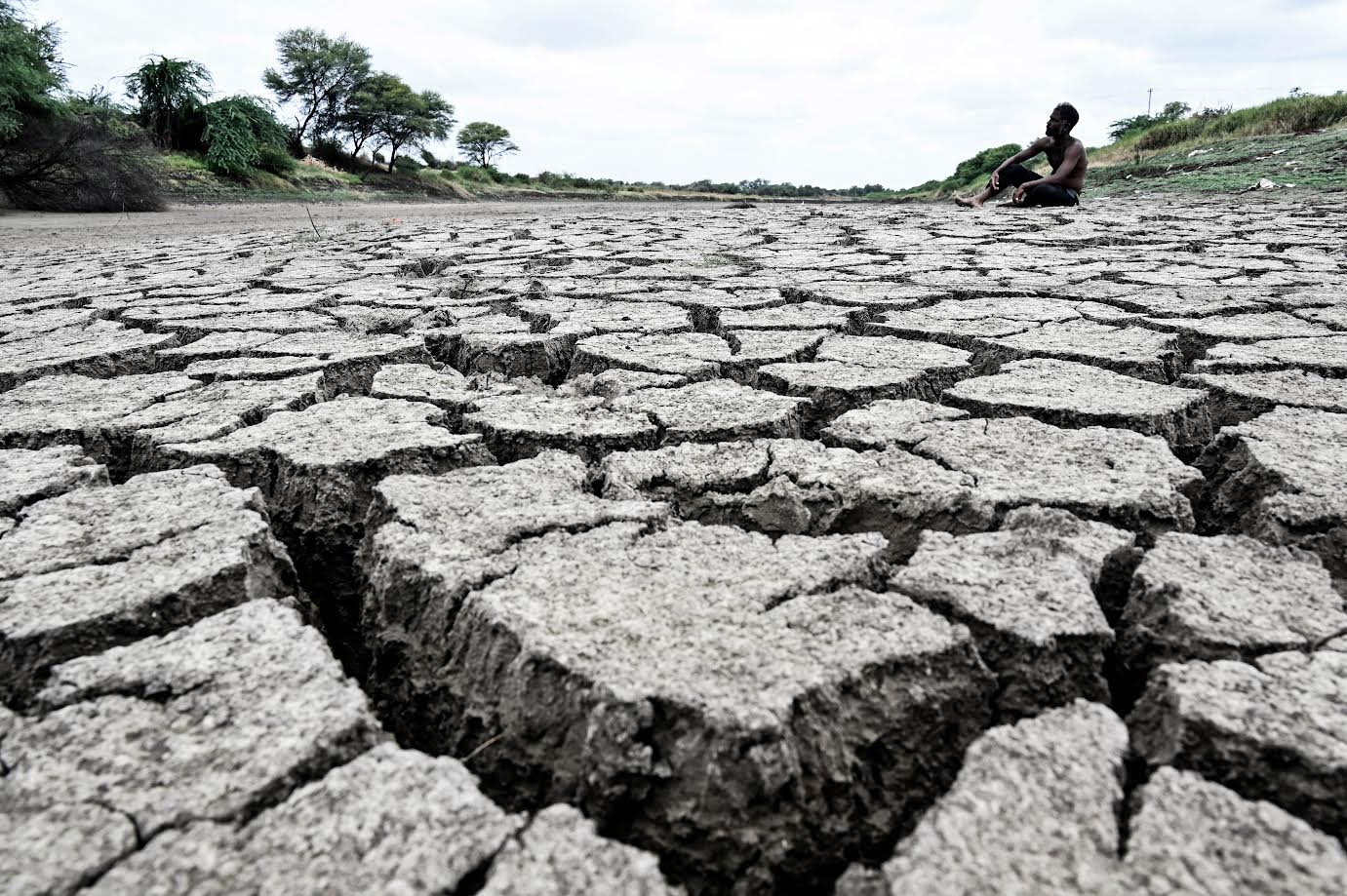

Just at the start of this month, an 85-year-old man from Hunsur taluk, Mysuru district, was alarmed when he had trouble breathing. He soon developed a fever of 104 degrees Fahrenheit. After a visit to the local Primary Health Centre, the man was referred to the taluk government hospital. This, according to Karnataka Health Commissioner D Randeep, might be the first confirmed heat stroke case in the state.
The Health Department reported over 500 "heat-related illnesses" till the middle of the month but stopped short of issuing the data regarding "suspected" heat stroke (366 in March) cases as the elections came closer.
As per the Lancet Countdown report 2023, the number of heatwave days during 2013-22 increased by 94% globally compared with 1986–2005 data. Heat-related deaths of people aged over 65 years increased by 85% globally and by 55.46% in India.
The looming danger
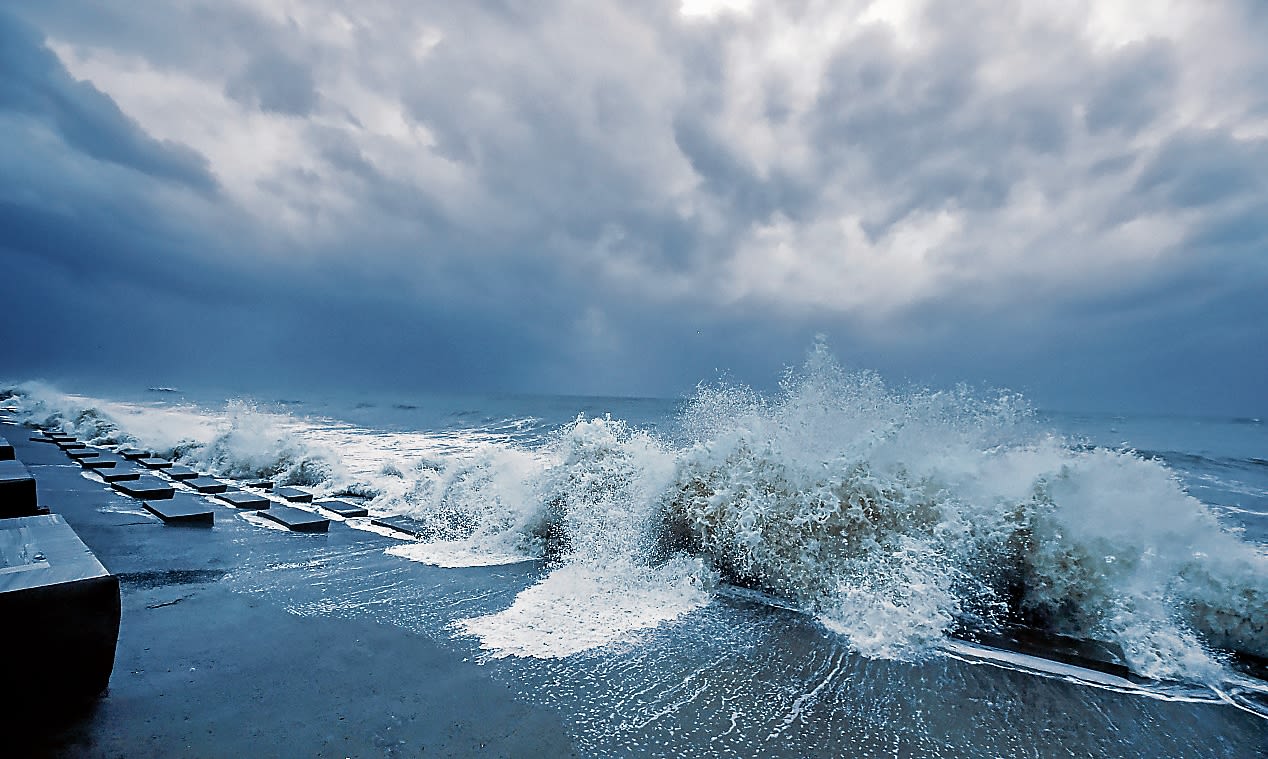
The link between climate change and inequalities has been underlined time and again with the Intergovernmental Panel on Climate Change (IPCC) noting health, poverty, migration, conflict, inequity and education as major factors that will add to the damage as adverse effects of climate change increase.
Going by the Union Government's announcement, 14.96% of the Indian population is considered 'poor' as per the multidimensional poverty index.
Between 2008 and 2022, as many as 5.57 crore displacements have occurred in India and all of them were caused by flooding, storms, drought and landslides, with experts pointing to climate change and land-use change as major drivers for the incidents. Another 1.66 lakh people were displaced by earthquakes and wildfires, as per the study by the Internal Displacement Monitoring Centre, a global organisation established under the Norwegian Refugee Council.
An analysis of the data by DH shows that there is an increase in the number of disasters leading to displacements. For instance, 2008 saw five flood incidents in the country, which displaced over 66 lakh people. The number of floods went up to 12 in 2014, displacing 27 lakh people. In 2020, 32 flood incidents occurred, displacing 89 lakh people. In 2022, 34 flood incidents displaced 2.41 crore people.
India's per capita carbon emission is about 2 tonnes, less than the global average of 4.7 tonnes. However, the low number can be attributed to lower consumption due to widespread poverty. Going by the Union Government's announcement, 14.96% of the Indian population is considered 'poor' as per the multidimensional poverty index.
According to the World Health Organisation, climate change is expected to cause about 2.5 lakh additional deaths per year between 2030 and 2050 across the world from malnutrition, malaria, diarrhoea and heat stress.
Limited access to food, health and energy is expected to increase vulnerability in facing the adverse impacts of climate change. According to the World Health Organisation, climate change is expected to cause about 2.5 lakh additional deaths per year between 2030 and 2050 across the world from malnutrition, malaria, diarrhoea and heat stress.
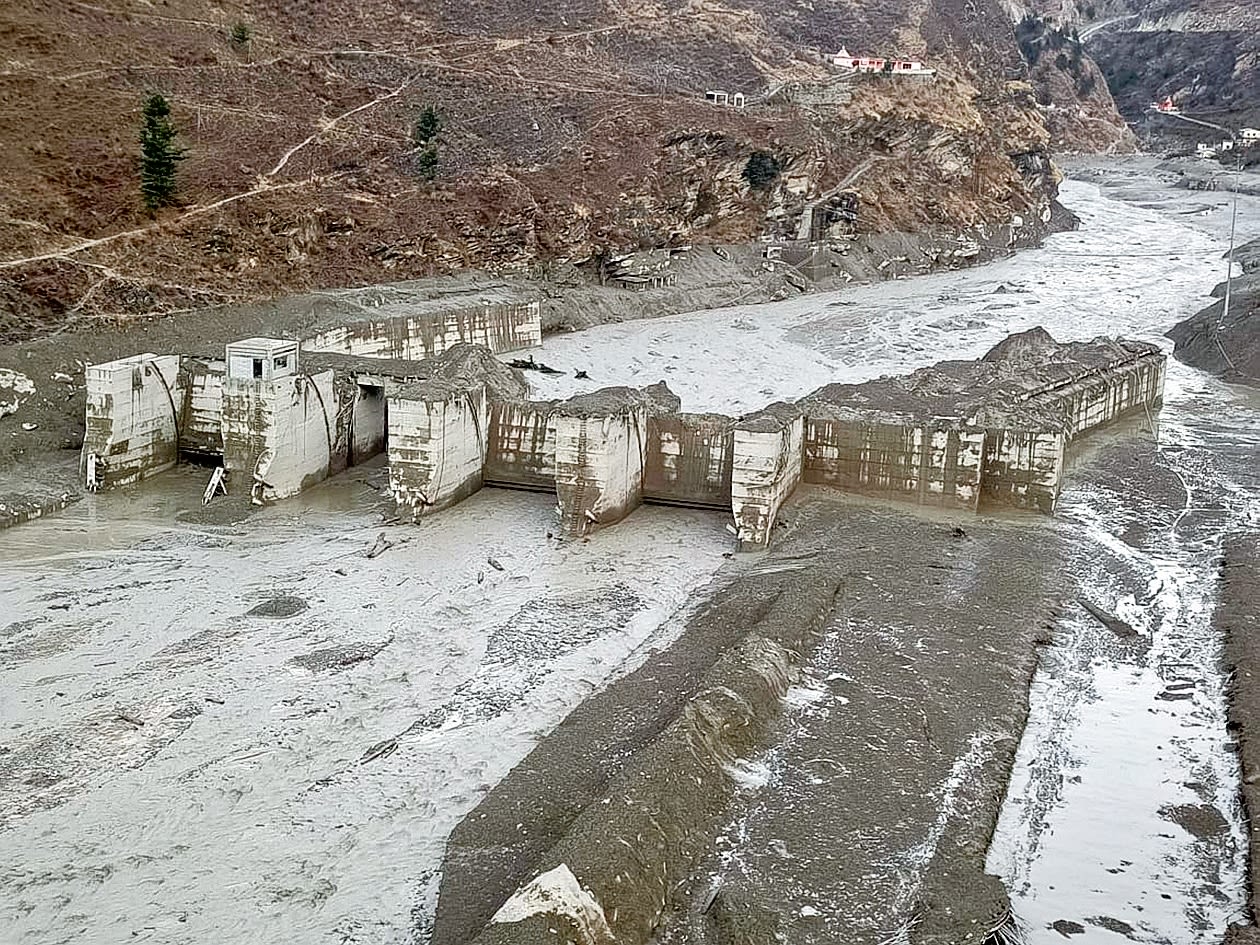
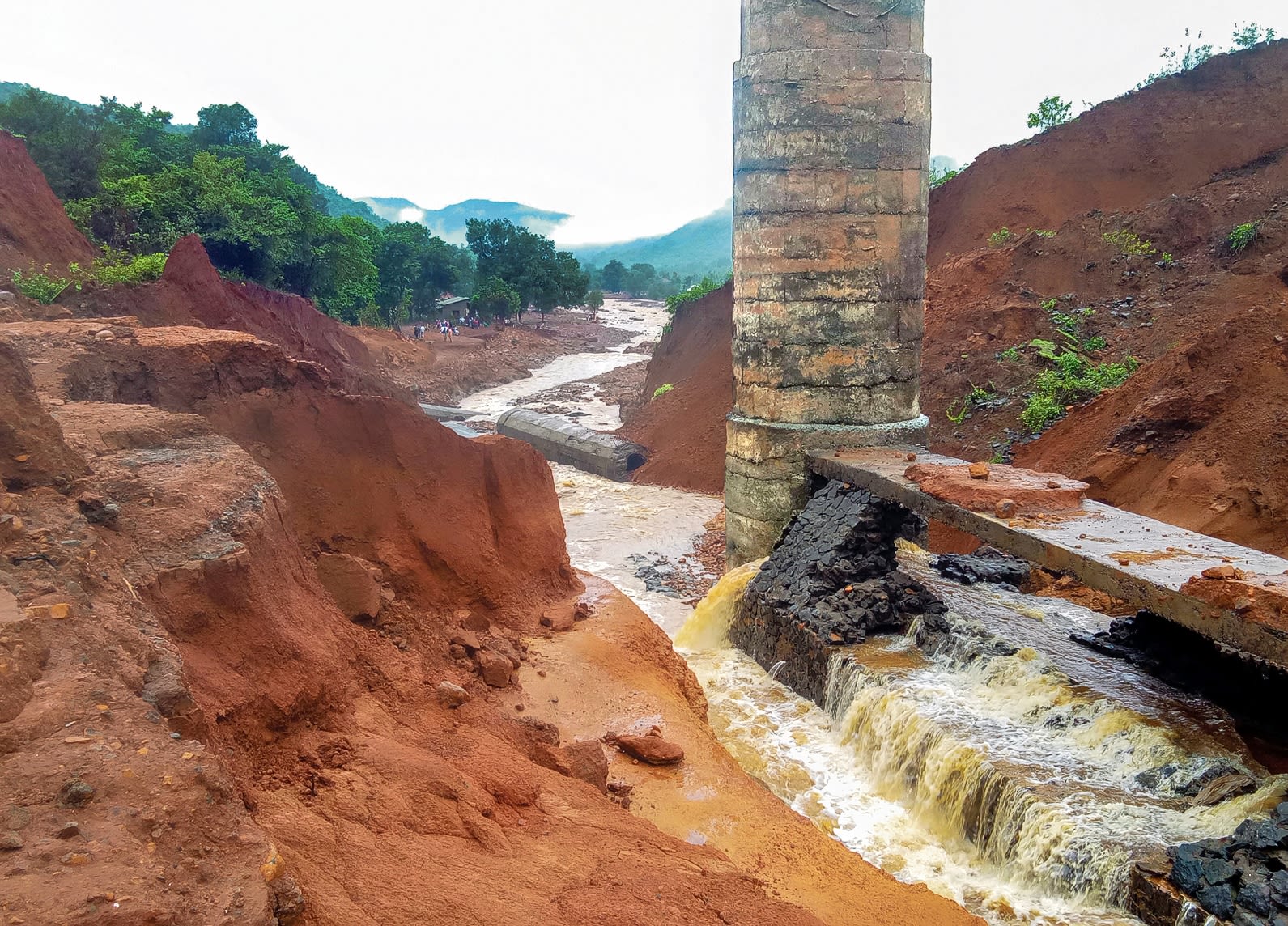



When inequalities exist...
Moreover, the inequality rising since the 1980s has worsened in recent years. As per a working paper by the World Inequality Lab, the top 1% of income and wealth shares (22.6% and 40.1%) were at the highest historical levels in India.
Anmol Somanchi, a PhD candidate at the Paris School of Economics, one of the co-authors of the paper, explained that the sharp rise in inequality in the last 10 years paints a dystopian picture.
SC recognises
right to protection from impacts of climate change
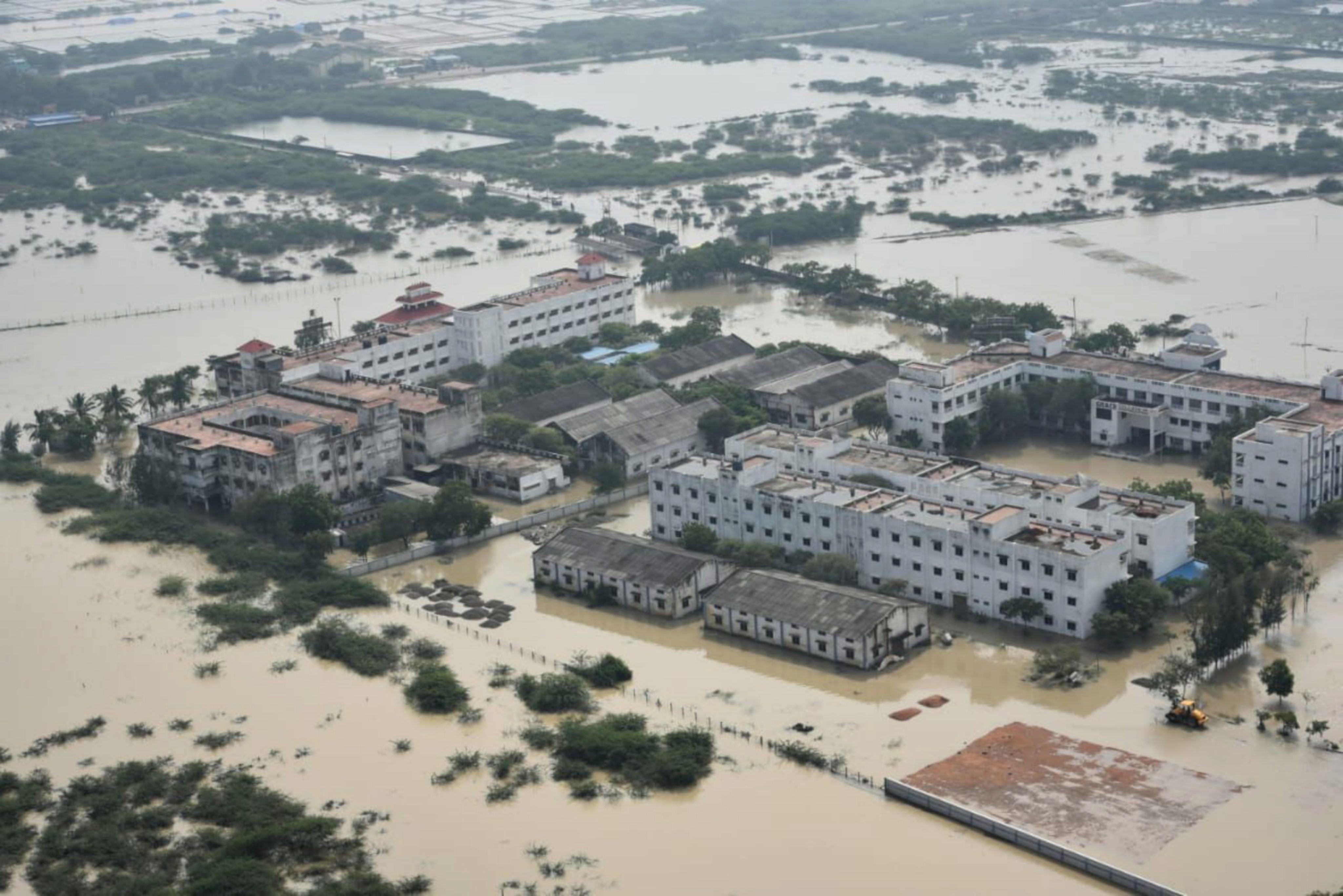
Clean, scalable, and sustainable
On March 21, 2024, in a landmark verdict, the Supreme Court ruled that fundamental rights include the right to be protected from the adverse effects of climate change. In the judgement, the apex court said, “Article 21 recognises the right to life and personal liberty while Article 14 indicates that all persons shall have equality before law and the equal protection of laws. These articles are important sources of the right to a clean environment and the right against the adverse effects of climate change... As the havoc caused by climate change increases year by year, it becomes necessary to articulate this as a distinct right.”
"Temperatures have already hit unbearable limits in many places this summer. The rich and wealthy can easily resort to air conditioners while the poor and vulnerable will be fanning themselves with a wet cloth at best. Ironically, the carbon footprint of the rich (air conditioners, flights, refrigerators, etc) only exacerbates the climate problem," Somanchi said.
A DH File Feature & Explainer on wet-bulb temperature: Why heat + humidity can be deadly.
He also noted that the class dimension — “the weak suffer what they must” — cannot and must not be ignored in the context of climate change, especially in the wake of the Supreme Court's landmark judgement ruling that protection against climate change is a fundamental right. "The South Korean director Bong Joon-ho's 2013 movie Snowpiercer sharply depicts precisely this injustice that the vulnerable are likely to face in a post-apocalyptic world," he added.
South Korean director Bong Joon-ho's 2013 movie Snowpiercer sharply depicts precisely this injustice that the vulnerable are likely to face in a post-apocalyptic world.
"An indicator of marginality"
A study by researchers from the International Institute for Environment and Development noted the importance of the government's intervention to protect vulnerable populations, considering that caste, "an indicator of marginality", plays a dominant role in the ongoing climate crisis in two case studies from Odisha and Jharkhand.
In Palamu, Jharkhand state, where drought is the main consequence of climate change, being from a lower caste increased a person’s likelihood of migrating by 338%. "Availability of the Mahatma Gandhi National Rural Employment Guarantee Act (MGNREGA) job card, shortage of food and monthly income are directly related with social protection," the study said.
Environmentalist Ashish Kothari echoed the concerns and noted that those most dependent on nature and weather for their livelihoods and survival were the worst affected population. "Adivasis, fisherfolk, small farmers and pastoralists; as also those like street vendors, traffic police, cleaners and construction labourers have to work in conditions exposing them to extreme heat and other climate-related events. These are also mostly people who do not have the means to escape the impacts, unlike the rich who can insulate themselves in many ways,” he said.
Madhya Pradesh saw an extreme weather event every second day in 2023.
Heatwaves can increase ground-level ozone
“Equally tragic is that the Indian government has no comprehensive plan to help such communities and individuals to adapt and enhance their resilience; there is hardly any outlay in the national budgets for this. Urgent action by governments and civil society is needed,” he said.
Climate change, caused by high emissions of greenhouse gases also affects air quality. Heatwaves can increase ground-level ozone which, in turn, contributes to climate change by trapping heat in the atmosphere.
When it comes to air quality, India is the third most polluted country in the world as per the World Air Quality Report 2023 by IQAir. India's annual average PM 2.5 load was 54.4 microgram per cubic metre, next only to Bangladesh (79.9 microgram/cubic metre) and Pakistan (73.7 microgram/cubic metre).
Adaptation actions
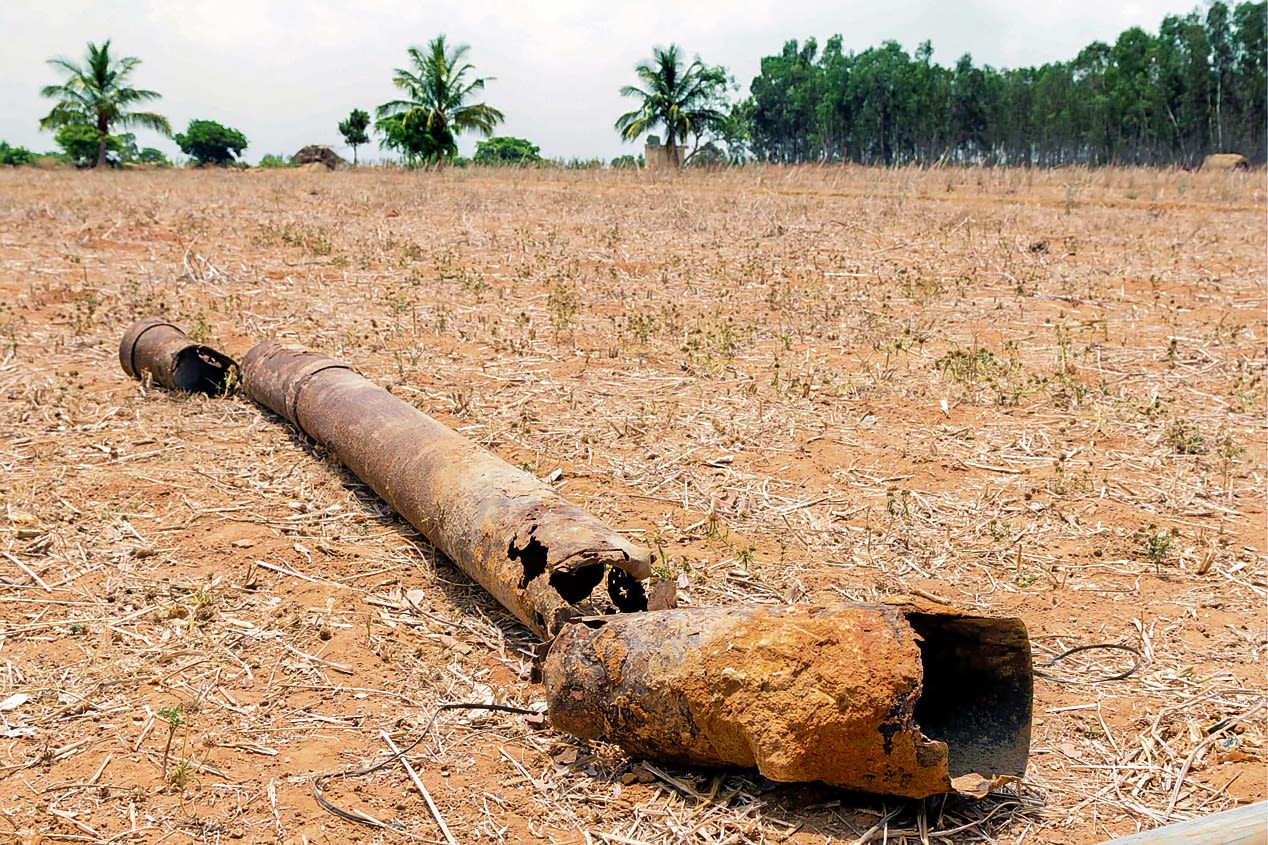
A sustainable path
N H Ravindranath, an IPCC author and a retired professor at the Indian Institute of Science, said that the 45% of the Indian population dependent on agriculture suffers twice in the ongoing climate crisis. "First, the exposure to the heatwave-like conditions and the stress caused by droughts will increase the likelihood of climate-related illness. Secondly, poor economic status will prevent people from accessing the health services required to overcome their suffering. This is where a comprehensive action plan by the government will play a role in mitigating the impact and help these populations adapt to the circumstances," he said.
The National Action Plan on Climate Change 2008, India's first major step, was more of a measure to align with the Kyoto Protocol to cut emissions than a comprehensive policy to look into the mitigation and adaptation measures. The policy sought to steer the country on a sustainable path and took the idea of climate change to a relatively larger number of people.
The new climate change report: Karnataka stands 65th on the list of world's worst-affected states.
An action plan to achieve carbon neutrality by 2050
Karnataka submitted its state action plan for climate change two years ago, seeking central assistance. The state intended to put in place some of the mitigation and adaptation measures. Similarly, in Bengaluru, the Bruhat Bengaluru Mahanagara Palike (BBMP) adopted an action plan to achieve carbon neutrality by 2050.
The subsequent efforts needed to push state governments to come up with climate action plans, however, have not succeeded. A study of state action plans by Oxford Policy Management said, despite regular meetings with state nodal officers held by the Centre, there was very little evidence regarding the extent to which the implementation of the plans had commenced.
"In general, it appears that while some of the adaptation actions listed in the plans might be implemented, this is likely to be more as a side effect of other pre-planned initiatives — for example, the modification of an existing irrigation programme to increase its coverage. There are very few examples of a coordinated, monitored and concerted effort to implement the plan in any state," the study said.
Climate action plan for Bengaluru.
Droughts on the rise
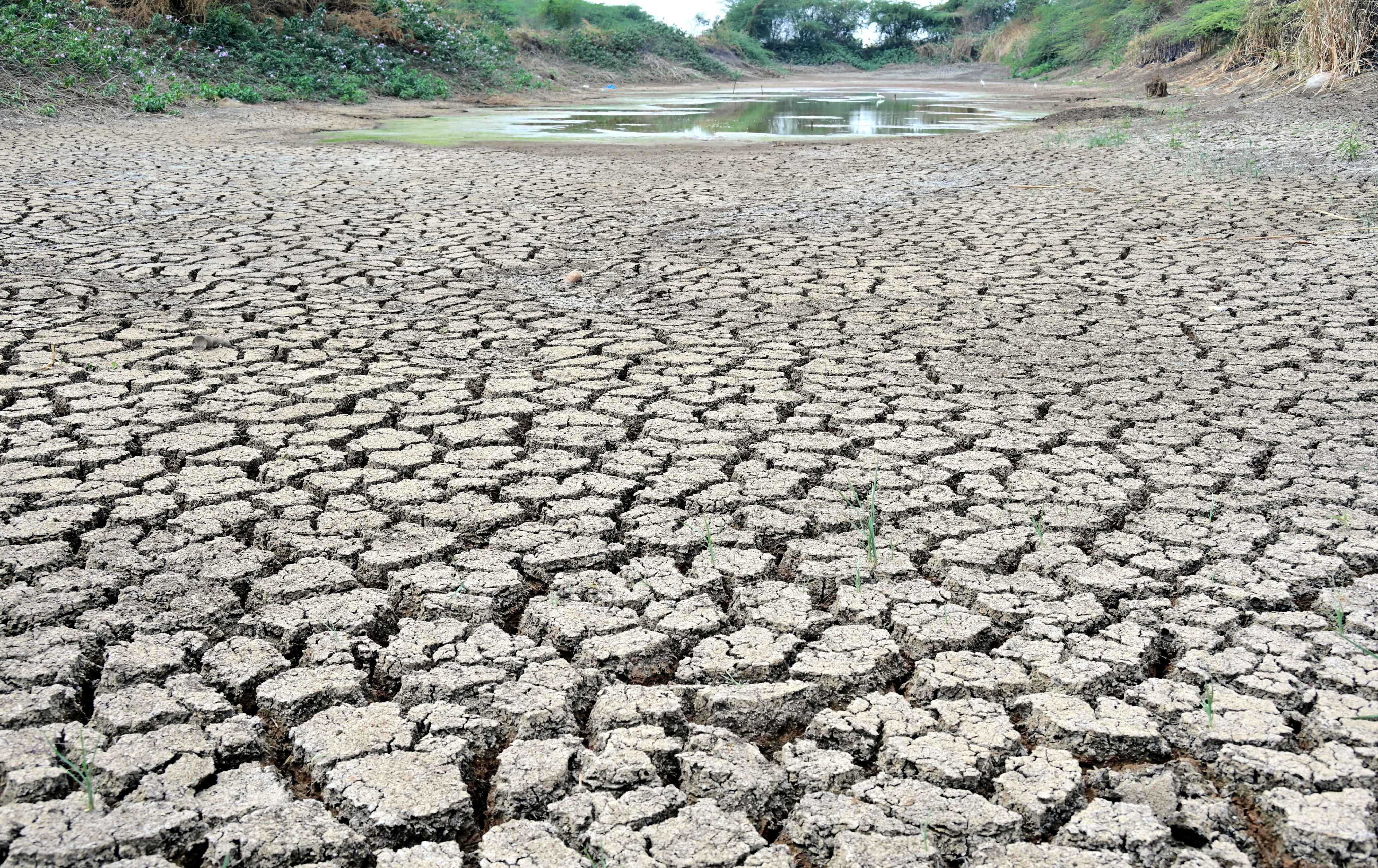
The importance of the state and regional plans has been reinforced by the ongoing water stress due to the weak monsoon. The monsoon deficit is only 6% but its erratic distribution and progression has left peninsular India in a drought-like situation.
Last week, in its report on Asia, the World Meteorological Organisation noted that in August 2023, India experienced a record-high monthly mean temperature, as well as an unprecedented rainfall deficit for the month. However, the month also saw widespread floods and landslides in multiple states, including Himachal Pradesh, and Uttarakhand, claiming 25 lives and causing extensive damage to infrastructure and agriculture.
Ravindranath said decentralised plans were significant measures. "The adverse effects of climate change will vary in different areas. There are very few scientific studies of such impact at regional and local levels. This needs to be encouraged," he said, adding that good quality data was a key factor in devising better policies.
Production by: Shobhana Sachidanand
Images via: DH File Photos/PTI//iStock
Data source: ‘Climate India 2023: an assessment of extreme weather events’, Down to Earth and Centre for Science and the Environment, ‘Quantifying the impact of climate change on human health’, World Economic Forum, ‘Countdown on health and climate change’, The Lancet, news reports. (Compiled by Sweekruthi K)
Videos via: DH Video Team